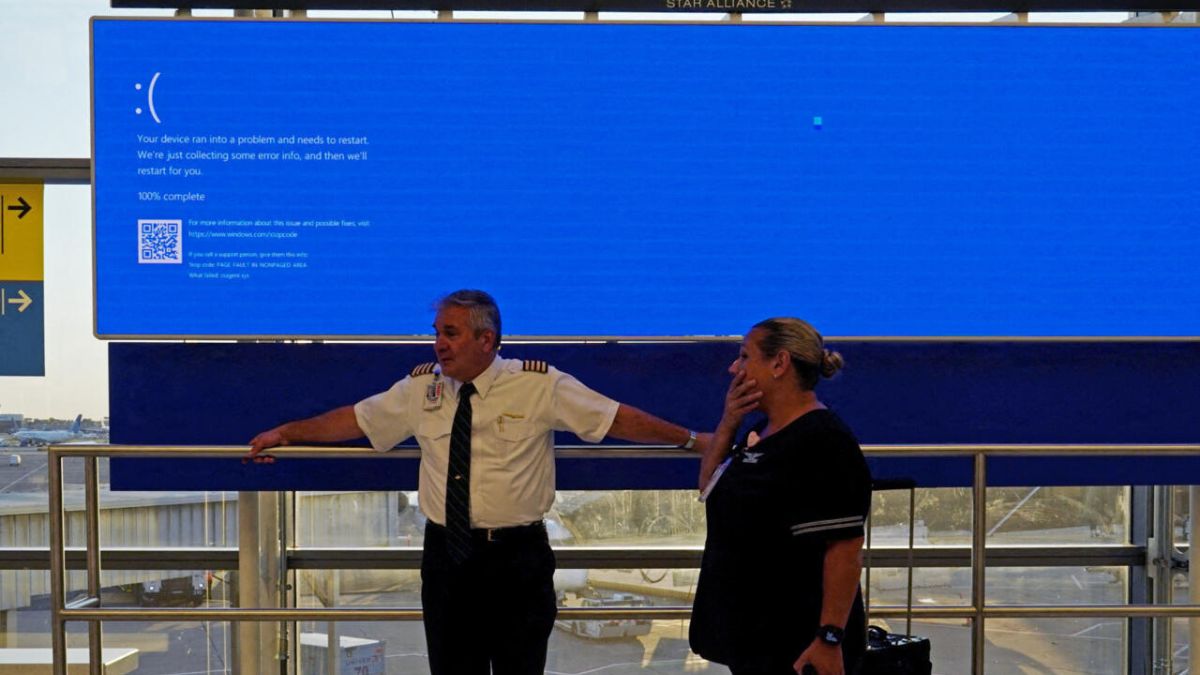
Advertisement
A significant IT outage caused by a software update from cybersecurity firm CrowdStrike has led to widespread disruptions across various sectors globally. The incident, which occurred on Friday, impacted airlines, banks, hospitals, and media outlets, leaving millions grappling with technical issues.
CrowdStrike’s CEO, George Kurtz, confirmed that the company is in the process of rolling back the problematic update, which specifically affected Windows hosts. He emphasized that the situation is not a security incident or cyberattack, stating that the issue has been identified and a fix has been deployed. Kurtz expressed his apologies to those affected, acknowledging the disruption caused to customers and travelers alike.
The update, which was part of CrowdStrike’s routine maintenance to prevent security risks, contained a software bug that resulted in the infamous “blue screen of death” for many Microsoft users. This error screen indicated critical failures in their operating systems, leading to significant operational challenges.
Airlines were hit particularly hard, with American Airlines reporting technology issues affecting multiple carriers. The Dutch arm of Air France-KLM had to suspend most of its operations, while the Royal Surrey hospital in Great Britain declared a “critical incident” due to disruptions in radiography treatments. Additionally, banks and financial institutions worldwide, including German insurance giant Allianz, reported major outages affecting employee access to their systems.
Experts in the cybersecurity field described the outage as unprecedented in its scale and impact. Satnam Narang, a senior researcher at Tenable, noted that while users may perceive the problems as Windows failures, they are actually rooted in the faulty update from CrowdStrike. Omer Grossman, CIO at CyberArk, highlighted the challenges of restoring systems, indicating that manual fixes would be necessary for each affected endpoint, a process expected to take several days.
As businesses work to recover from this major outage, the incident raises questions about the fragility of interconnected IT systems and the potential vulnerabilities inherent in relying on third-party software updates. The ripple effects of this failure are likely to be felt for some time as organizations strive to bring their operations back online.
